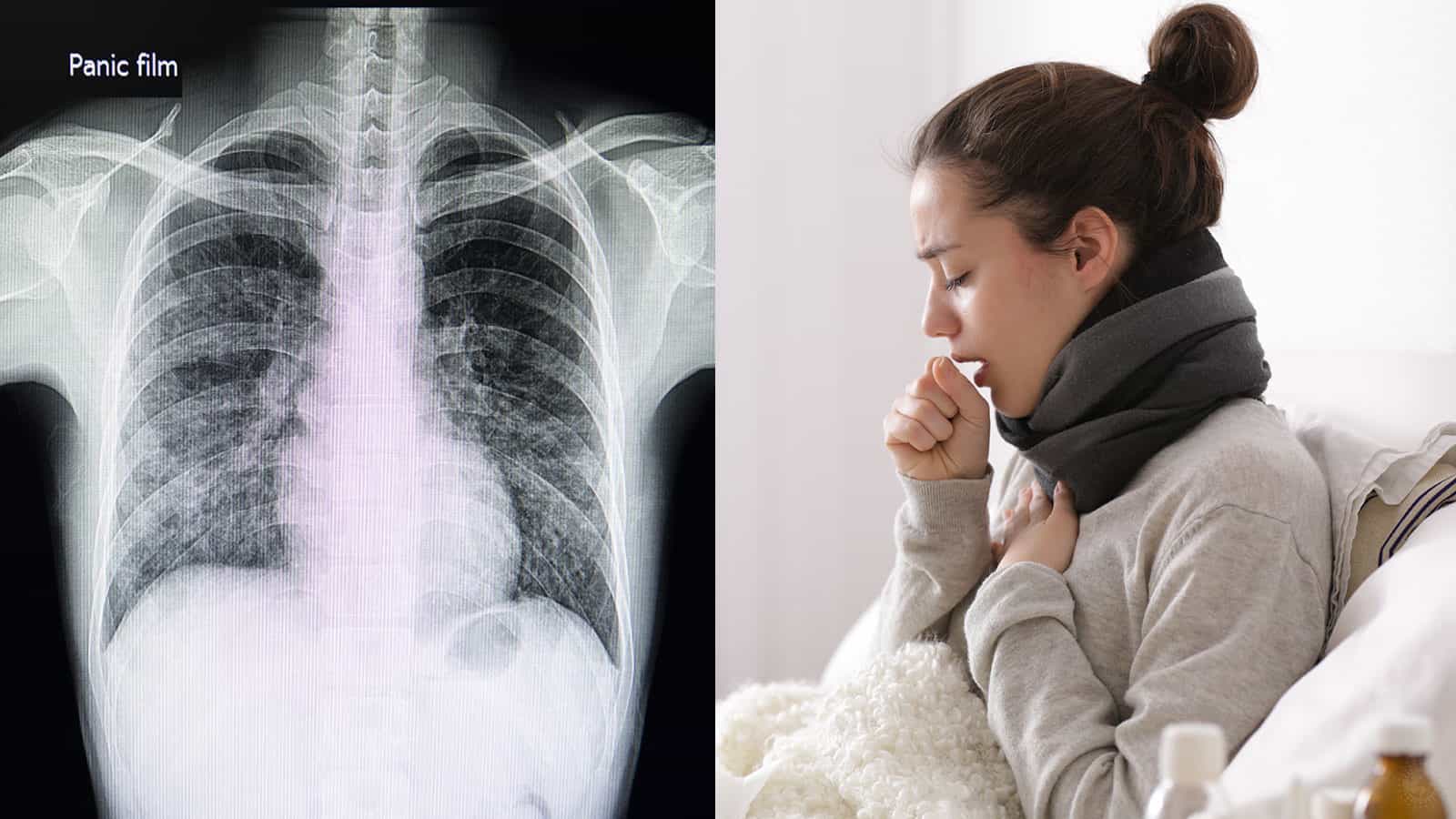Table of Content
This award recognizes the top agencies based on outcomes of care received by their patients. If your dog's breathing seems to be getting more labored, you notice increased coughing and green or blood tinged discharge from the nose and your dog has blue-tinged gums, then see your vet immediately. The normal respiratory rate in dogs is about 20 to 30 breaths a minute. If your dog has pneumonia, it's a good idea keeping an eye on your dog's respiratory rate as those numbers may double. Here's an easy way to count your dog's breaths per minute.

If you want to try a cough suppressant, use the lowest dose that helps you rest. Home remedies can't treat pneumonia, but they can be used to effectively manage its symptoms. Aspiration pneumonia has been shown to increase mortality in people who are hospitalized with community-acquired pneumonia if they aren’t in an intensive care unit . Medical News Today has strict sourcing guidelines and draws only from peer-reviewed studies, academic research institutions, and medical journals and associations. We link primary sources — including studies, scientific references, and statistics — within each article and also list them in the resources section at the bottom of our articles. You can learn more about how we ensure our content is accurate and current by reading our editorial policy.
How long does it take for aspiration pneumonia to develop?
Anyone with these symptoms should contact their doctor immediately for diagnosis and treatment. Viruses and bacteria can cause pneumonia, which is an infection that can lead to inflammation of the lungs and airways. If you have diabetes, you have a higher risk of developing pneumonia.

Aspiration pneumonia is pneumonia that is caused by something other than air being inhaled into your respiratory tract. These non-air substances can be food, liquid, saliva, stomach contents, toxins or even a small foreign object. The information on this page is written and peer reviewed by qualified clinicians.
Stages of Aspiration Pneumonia
Pneumonia is an important cause of morbidity and mortality in nursing home residents, with 30-day mortality rates ranging from 10 to 30 percent. Streptococcus pneumoniae is the most common cause of nursing home–acquired pneumonia, although Staphylococcus aureus and gram-negative organisms may be more common in severe cases. Antibiotic therapy for nursing home–acquired pneumonia should target a broad range of organisms, and drug-resistant microbes should be considered when making treatment decisions.

Increase fluid intake and good nutrition are important to your recovery. Our nurses will give you guidelines to speed your recovery and prevent further problems. The nurses will teach you breathing exercises to expand your lungs and help you practice deep coughing to cleanse lungs of the infection. Equipment such as nebulizers may be used to deliver moist air and medication directly to the lungs. Your nurses will teach you how to prep and use your equipment.
How long does it take for aspiration to turn into pneumonia?
A person will usually need about a week of antibiotic treatment with treatment. It can take between 1-4 weeks to recover and possibly longer based on a person’s age and other health complications. If the pneumonia is so severe that a person is hospitalized and has difficulty breathing, a longer course of antibiotics may be required.

If your lungs make bubbling and rumbling noises when you inhale, it is a sign that you are infected with pneumonia. A general physician or lung health specialist usually treats pneumonia. Although these might not prevent pneumonia altogether, they will surely lower the risk of complications. Cover your nose and mouth while coughing and sneezing to avoid spreading your infection. Willow barks contain polyphenols and flavonoids that have antiseptic and fever-reducing properties .
Practicing physical distancing from others is essential for reducing your risk of acquiring SARS-CoV-2, as well as passing the virus on to other people if you have it. Your body needs extra time to recuperate and heal properly. If peppermint tea isn’t your thing, a glass of warm water will do. Cut or grate a few pieces of fresh ginger and add it to a pot of boiling water.

The food bolus is then pushed by the tongue to the throat . This space, called the pharynx, meets the end of the nasal cavity , and is separated by a thin membrane of tissue called the soft palate. The microbes that cause pneumonia are spread by infected individuals via food, air, and water.
You can also take some preventive tips to avoid the recurrence of this infection. The hot steam from water can help relieve cough and congestion by breaking up the phlegm in your lungs. It is also antimicrobial and kills the microbes causing the infection .
The common risk factors for aspiration include altered mental status, neurologic disorders, esophageal motility disorders, protracted vomiting, and gastric outlet obstruction. A prospective study in 95 patients showed that gram-negative bacilli contributed to 49%, followed by anaerobes (16%). Dysphagia is difficulty swallowing foods, liquids, medications, or even saliva. It accompanies many diseases including stroke, head and neck cancer, Parkinson’s Disease, dementia, cerebral palsy, and esophageal conditions.
These seeds also possess expectorant properties and can relieve congestion and other symptoms of the infection , . Parsnip has high vitamin content, which helps to increase your immunity against all diseases in general. The vitamin C content of parsnips makes it effective against various respiratory diseases, including pneumonia . Eucalyptus oil is derived from the leaves of the eucalyptus tree and is widely used for its medicinal properties.

No comments:
Post a Comment